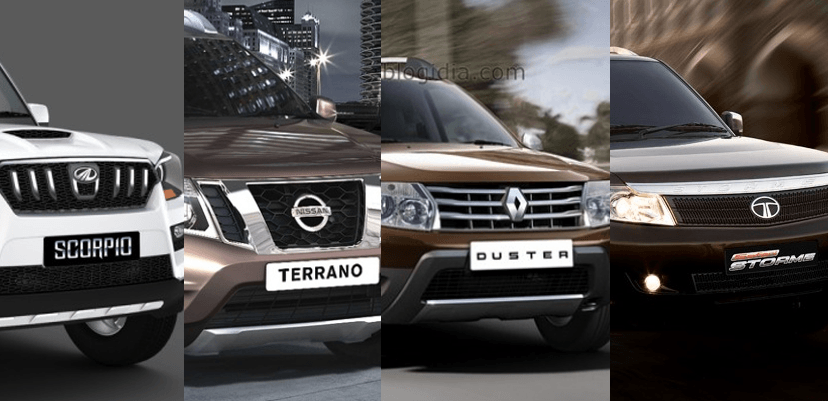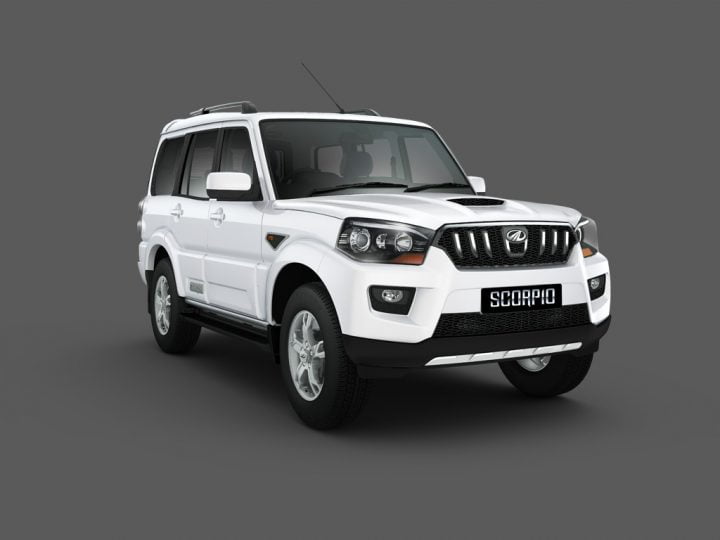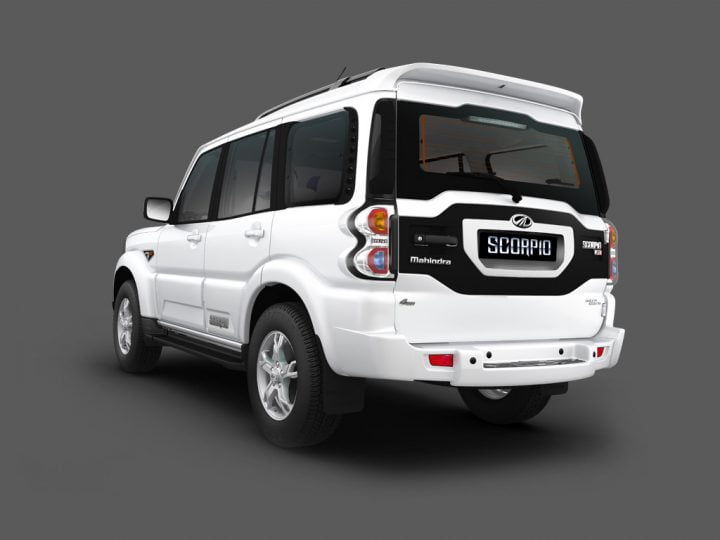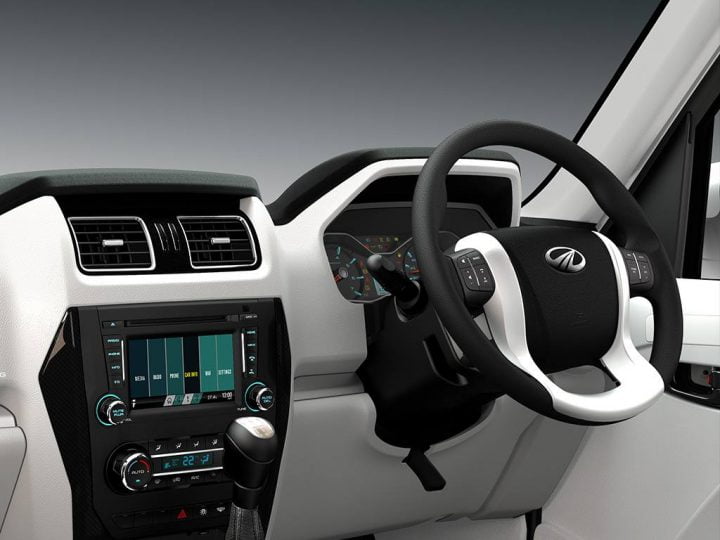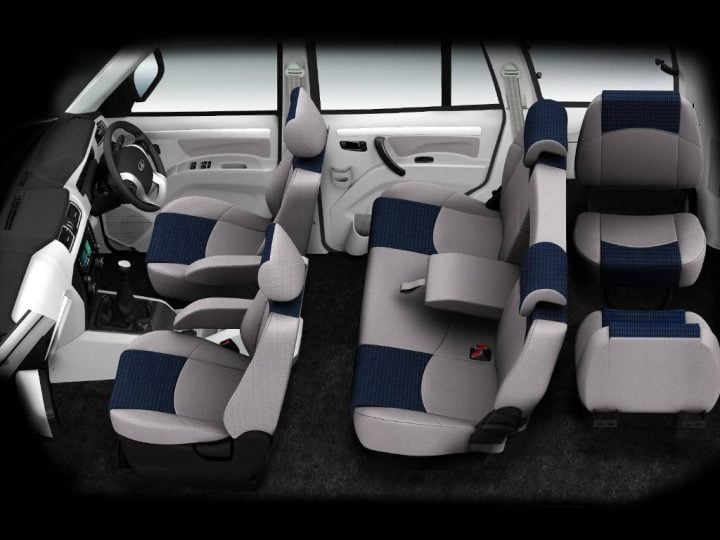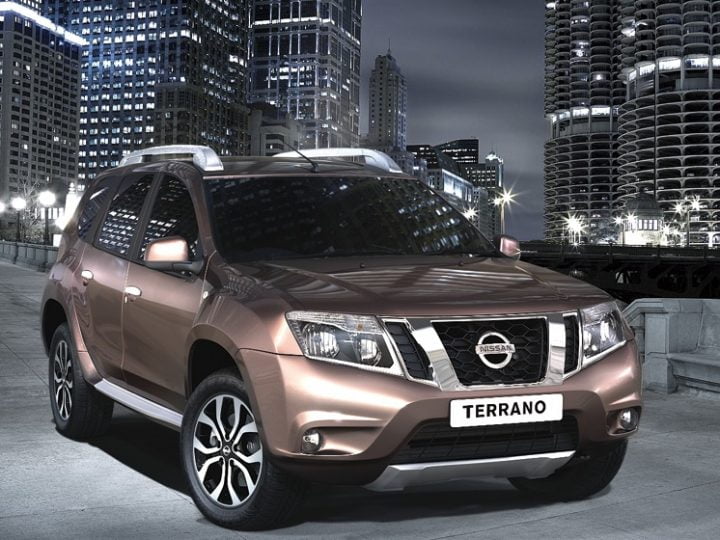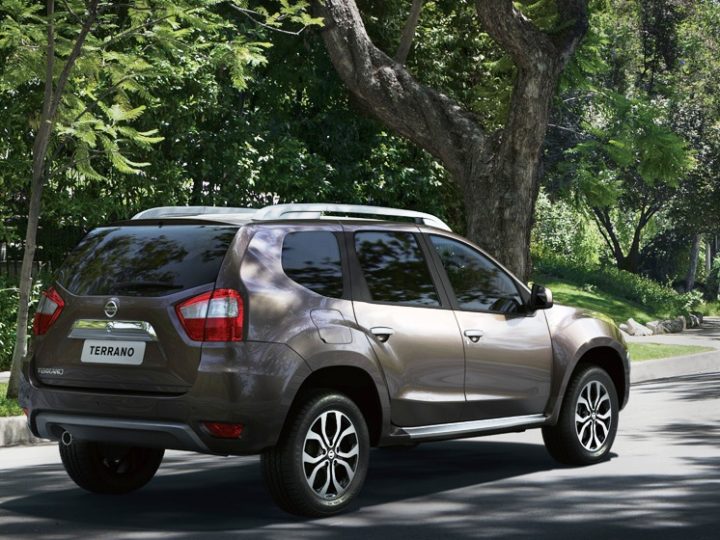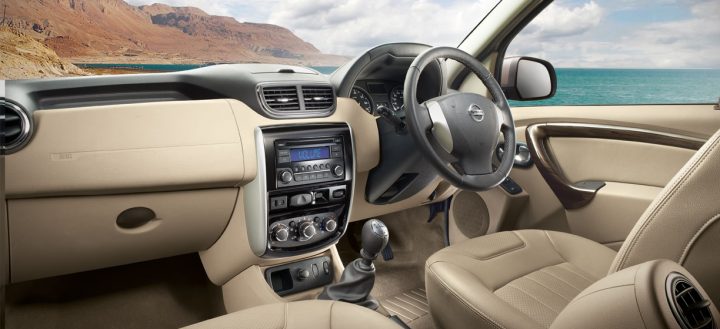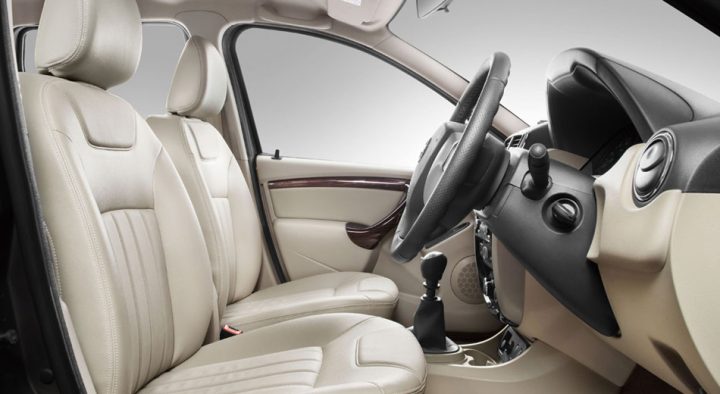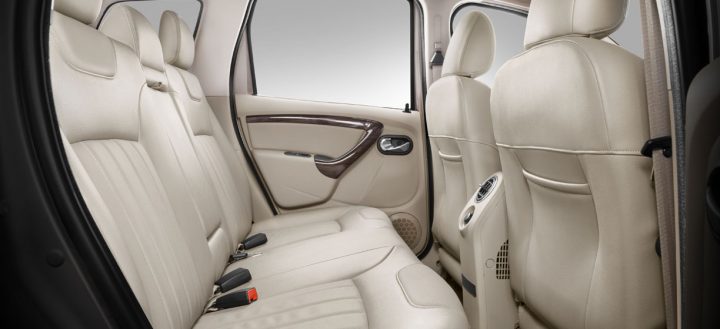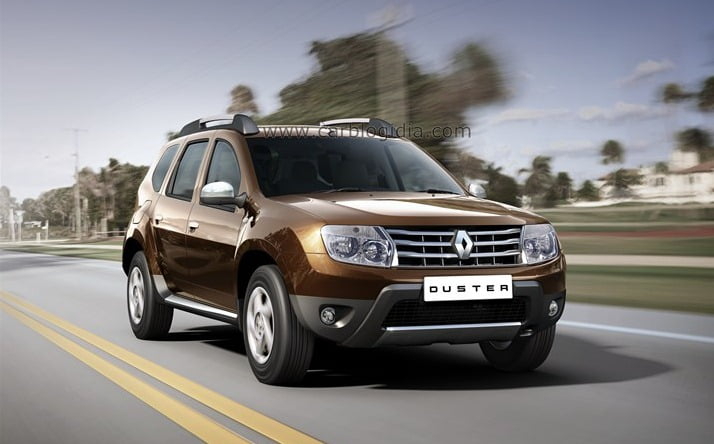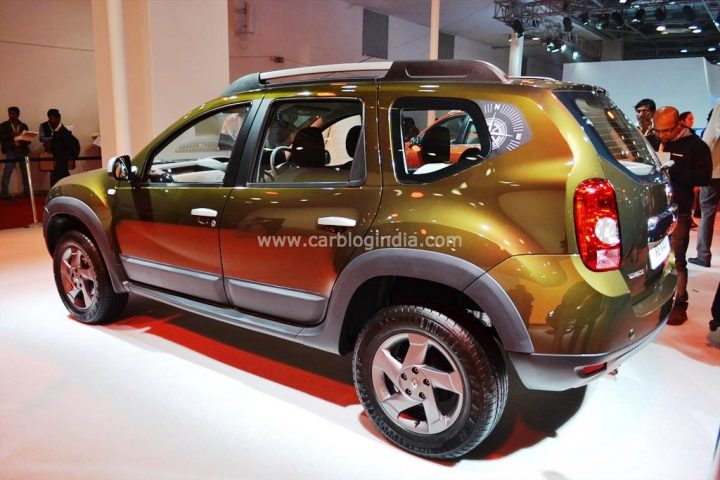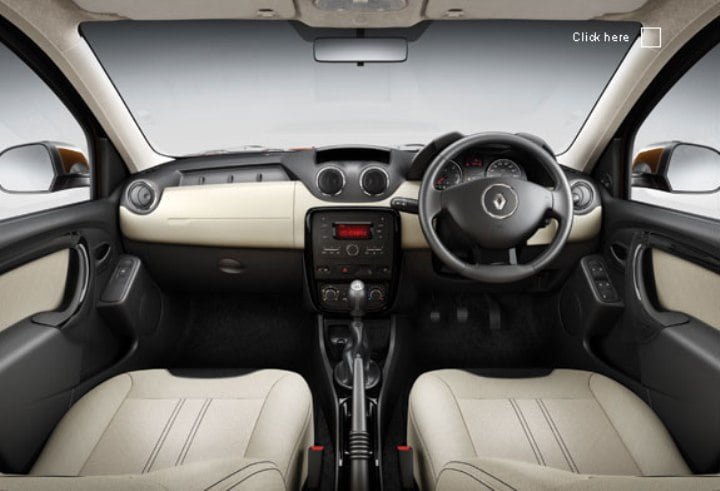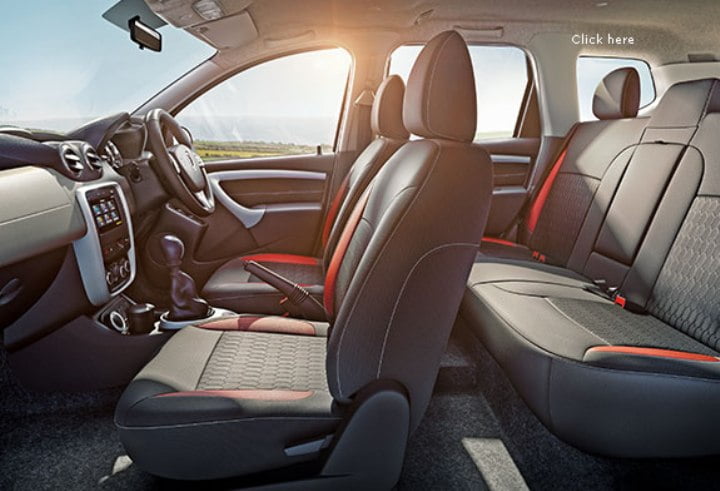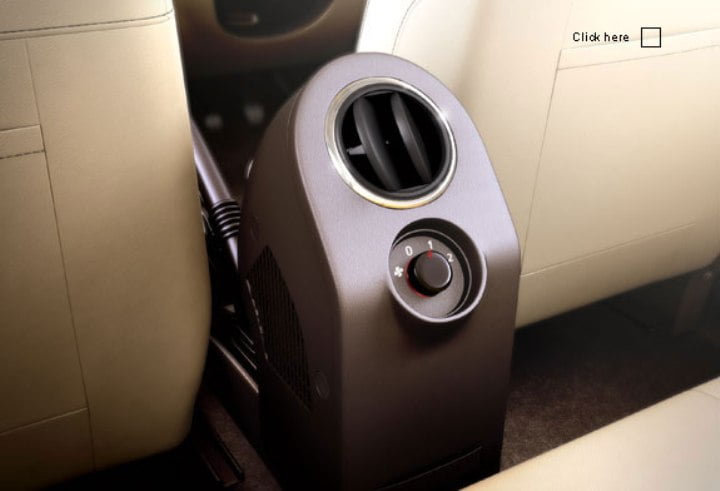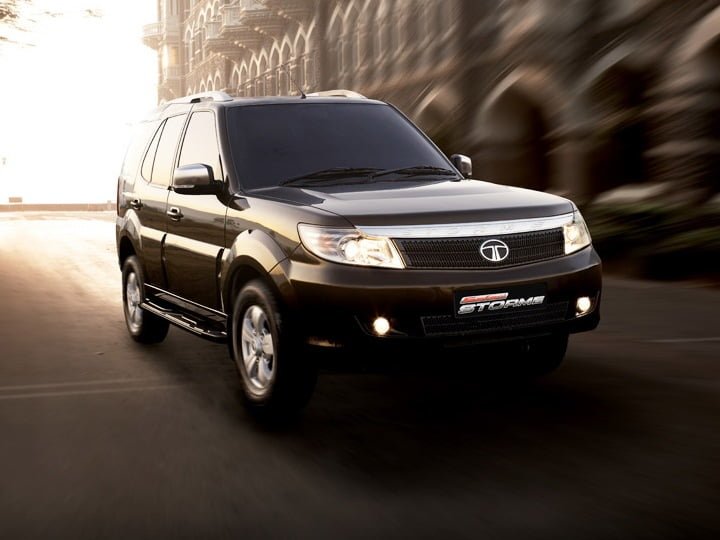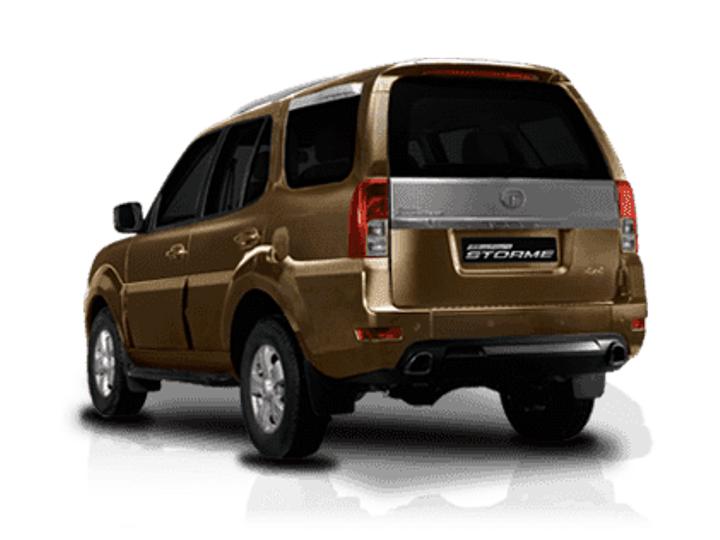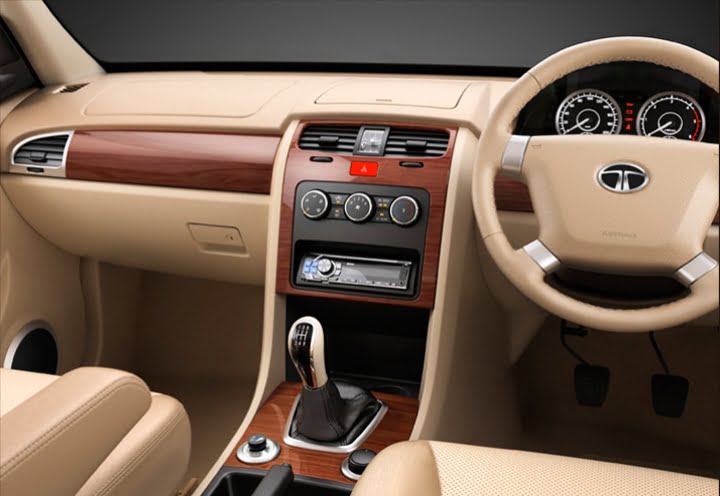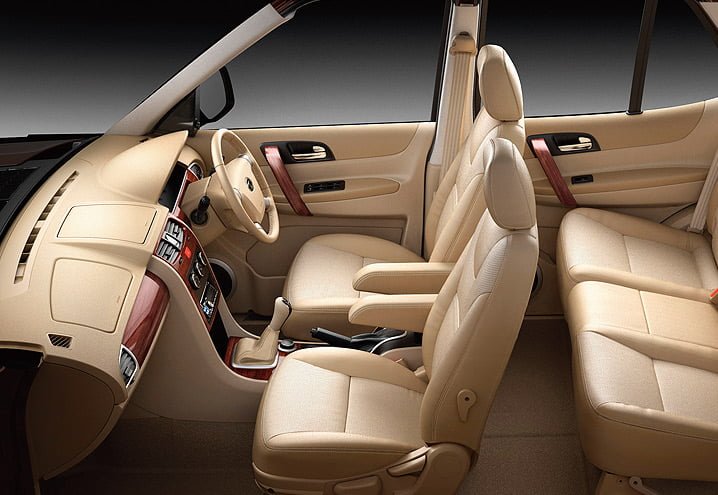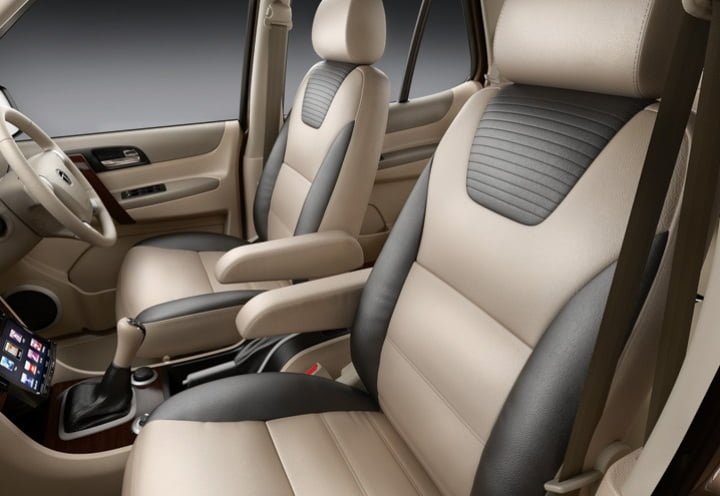For the price range that you’ve selected, the following SUVs are your stepping stones to the world of full-fledged SUVs. The vehicles in this segment are a mix of the old school and the new school of thought, while the Mahindra and the Safari are based on ladder-frame chassis, the Duster.Terrano twins are based on monocoque chassis. Off-road ability is not so important, but is desirable. What is important though is that 1) the SUVs be propelled by a frugal diesel engine 2) the SUV be a good looker 3) the SUV be good on interior space for the passengers as well as their luggage 4) the SUV be able to handle the tough road conditions found in most parts of India. The competition in this segment is very close, with manufaturers trying different methods to lure in willing customers. SUVs have gained a reputation as status symbols in our society, they need to be good to go, and be good at show too. Read further to see which are the best SUVs to buy between Rs. 8-14 Lakh.
The SUVs we are comparing today are the Mahindra Scorpio, Nissan Terrano, Renault Duster and the Tata Safari Storme. All the prices mentioned below are ex-showroom Delhi unless stated otherwise.
Mahindra Scorpio
Price
Rs. 8.40 Lakh to Rs. 13.05 Lakh
Styling
The Mahindra Scorpio’s new design seems like an update over that of the previous model. The basic silhouette is unmistakably that of a Scorpio, but elements of the SUV’s design set it apart. New design touches include a new front end, with new headlamp cluster, bumper, grille and hood. The side-view looks similar, but you will notice the new pronounced wheel-arches and 16-inch alloy wheels. The rear design will divide people for sure, there will be some who like the faux-handles, chrome-garnished tail-lamps and the big matte-black ‘hump’ around the number plate and there will be those who don’t. The matte-black number plate surround makes the SUV look good only when it painted in colours like all-black and blue, according to us. The rear windshield is smaller than the same unit on the outgoing model, rear visibility is affected thanks to the design change.
Most people will agree that the interior design of the outgoing model was getting too old, and it is refreshing change to see the interiors of the new Scorpio. Every element on the Scorpio looks new, the steering wheel, the dashboard, the door-pads, the air-vents, etc are all new. The dashboard gets a black-and-grey dual-tone finish which looks good. The steering wheel is a replica of the unit found on the XUV 500, but has been redesigned to make it look unique. There is an edgy theme to the interior of the new Scorpio, this includes the instrument cluster which features analogue-digital meters and tell-tale lights.
Comfort
The new Scorpio gets an all new chassis underneath, this increases the length and width of the SUV by a bit, which in turn improves interior space by a bit too. The colour scheme inside helps make the cabin more airy, while the scooped out lower-part of the dashboard helps release some more space for the front passengers. The driver will appreciate the fact that the power window switches have been moved from the lower centre console to the door pad, but will not appreciate the fact that the seat is so close to the door that adjusting the seat-height is impossible without opening the door.
The seats are comfortable, though there is negligible space improvement for the rear passengers. What everyone will love is that the all new chassis makes the ride more pliant and the addition of a roll-bar helps the SUV maintain composure even at speed. Gone is the bump-y and jerky ride of the previous generation, the new Scorpio can take undulations well at low speeds while maintaining composure at higher speeds. As always, the Scorpio is filled with gadgets to keep owners happy, it is certainly a value-for-money buy. Those who want to take the Scorpio off-roading can buy any one of the two 4×4 variants on offer.
Specifications
- Engine: 2.5-litre, 4-cylinder diesel / 2.2-litre, 4-cylinder diesel
- Power (2.5l Diesel/2.2l Diesel): 75 BHP / 120 BHP
- Torque (2.5l Diesel/2.2l Diesel): 200 Nm / 280 Nm
- Transmission: 5-speed manual
- Mileage (2.5l Diesel/2.2l Diesel): NA / 15.37 KMPL
- Range (2.5l Diesel/2.2l Diesel): NA / 922 Km
Recommended Variant
[box type=”success” ]Mahindra Scorpio S8[/box]
Nissan Terrano
Price
Rs. 9.68 Lakh to Rs. 12.50 Lakh
Styling
The Nissan Terrano can be termed as the more handsome and premium cousin of the popular Renault Duster. The silhouette of the SUV is unmistakable, but Nissan has tried and succeeded at making the Terrano very unique. The dual-lamp headlight cluster, the typical Nissan-SUV grille and redesigned bumper is a welcome change. There are character lines on the hood which merge beautifully onto the front grille. The side profile is no different than the Duster, but elements like the all-silver roof-rails, blackened-pillars and the redesigned wheel-covers/alloy wheels give the Terrano a butch, modern look. At the rear Nissan has utilised the space well, the large tail-lamp cluster looks good, the number-plate holder is different but the rear bumper has been carried over. The rear is smart and continues with the butch look that the Terrano has overall.
The interiors of the Terrano are simple, function follows form. Nissan has added new centre A/C vents to the Terrano and a different 2-DIN multimedia system to make the interiors seem different than the Duster. But apart from these and the new steering wheel, the Terrano is the same as the Duster. The Terrano gets a single rear A/C vent, just like the Duster. The cabin of the Terrano feels very airy thanks to the use of lighter upholstery materials all around, this may get dirty easily though.
Comfort
The Terrano is based on the same monocoque chassis like the Duster, which means that driving dynamics of the SUV are more car-like. The Terrano holds its own, over rough patches, while taking sharp turns; there is very little that can unfaze its road-manners. Occupant will also appreciate the well-contoured seats, the airy cabin and good suspension. What some may not like is the fact that this is purely a 5-seater, and leg-space it the rear is not that great either. The width of the SUV is enough to accommodate three people if they are of medium build, but it is best used as a 4-seater on longer journeys. The availability of a single vent for the rear passengers may also flare up tensions among the already ruffled passengers.
Specifications
- Engine: 1.6-litre, 4-cylinder petrol / 1.5-litre, 4-cylinder diesel / 1.5-litre 4-cylinder diesel
- Power (1.6 Petrol/1.5 Diesel/1.5 Diesel): 103 BHP / 84 BHP / 108 BHP
- Torque (1.6 Petrol/1.5 Diesel/1.5 Diesel): 145 Nm / 200 Nm / 248 Nm
- Transmission (1.6 Petrol/1.5 Diesel/1.5 Diesel): 5-speed manual / 5-speed manual / 6-speed manual
- Mileage (1.6 Petrol/1.5 Diesel/1.5 Diesel): 13.24 KMPL / 20.45 KMPL / 19.01 KMPL
- Range (1.6 Petrol/1.5 Diesel/1.5 Diesel): 662 Km / 1023 Km / 951 Km
Recommended Variant
[box type=”success” ]Nissan Terrano XL (84 BHP Diesel)[/box]
Renault Duster
Price
Rs. 7.86 Lakh to Rs. 13.00 Lakh
Styling
The Renault Duster is actually a rebadged Dacia Duster. The Dacia brand is known for its well-built but built-to-a-price cars. The Duster too is a SUV which is good to drive, on-road or off-road and has a robust built. But it is not exciting, because it does not want to offend anyone by being exciting. Yes, there is so many buyers today who would rather have a staid-looking but functional car than a very stylish one. The Duster is a fitting compact-SUV for them. The Duster has presence thanks to the bulging wheel arches, 200mm+ ground clearance, roof-rails etc. There chrome added at the front and rear to make people happy, though the huge chrome applique above the number plate with the Duster branding seems to be too garish. On the top-end variants, the Duster gets stylish alloy wheels with 215mm section tyres, which add to the butch look of the SUV.
Inside, the form follows function design philosophy continues. The design has been carried over from the Dacia Duster meant for left hand drive markets, and there are weird control placements which may put some people off. The simplicity if the design means that there is a 50-50 chance of somebody liking it. It is easy on the eyes, but it will not wow you. You will appreciate the airy cabin though, there no way that you can feel claustrophobic in this SUV.
Comfort
The Duster gets good driving dynamics thanks to it being a monocoque chassis SUV. This means car-like handling, supple suspension and overall comfortable ride experience. What may will a bit of a downer, especially for the people at the rear is that the Duster is not very spacious if three healthy-sized adults decide to sit side-by-side. The Duster is at best a four seater on longer journeys. Drivrs may find some of the controls a bit frustrating to use. The powered ORVM controls are placed under the handbrake, the multimedia controls and A/C controls are hard to reach. The steering column mounted telephony controls are not great to use.
The Duster is now available in a 4×4 guise too, which is great. It combines the on-road prowess of the Duster with very capable AWD system for those looking for a bit more of adventure.
Specifications
- Engine: 1.6-litre, 4-cylinder petrol / 1.5-litre, 4-cylinder diesel / 1.5-litre 4-cylinder diesel
- Power (1.6 Petrol/1.5 Diesel/1.5 Diesel): 103 BHP / 84 BHP / 108 BHP
- Torque (1.6 Petrol/1.5 Diesel/1.5 108 BHP Diesel): 145 Nm / 200 Nm / 248 Nm
- Transmission (1.6 Petrol/1.5 Diesel/1.5 108 BHP Diesel): 5-speed manual / 5-speed manual / 6-speed manual
- Mileage (1.6 Petrol/1.5 Diesel/1.5 108 BHP Diesel/1.5 Diesel AWD): 13.24 KMPL / 20.45 KMPL / 19.01 KMPL / 19.72 KMPL
- Mileage (1.6 Petrol/1.5 Diesel/1.5 108 BHP Diesel/1.5 Diesel AWD): 662 Km / 1023 Km / 951 Km / 986 Km
Recommended Variant
[box type=”success” ]Renault Duster RXL Plus[/box]
Tata Safari Storme
Price
Rs. 9.93 Lakh to Rs. 13.70 Lakh
Styling
If you find that the new Safari looks a bit like the old Safari, then you are not mistken. The Safari was so popular that Tata decided to give the SUV a facelift in terms of styling even though underneath and inside it is vastly different than before. The Safari storme gets dual-beam headlamps with projector headlamps for the low beam, a sleek grille with a prominent chrome nameplate on top, small fog-lamps at the front etc. The front design is similar to the older Safari, tries to take inspiration from the likes of the Range Rover but fails miserably. The side profile will remind you even more of the old Safari, the reason being that Tata has deiced to use the old design in the Storme, the alloy wheel design has been changed, the wheel arches have been beefed up, the roof rails are different but all that has not given the Storme a unique look. Move to the rear and the design feels different for the first time, though it may not please everyone. The SUV-characteristic rear-door mounted spare wheel is gone. But additions like the twin-exhausts exiting from the rear bumper add to the SUVs character.
Inside, the Tata Safari Storme goes up market. It is even more spacious than before, which is a huge advantage in the segment. The front two rows were always the forte of the Safari, now it has become even better. The design of the dashboard will remind you that Tata now own JLR, there are many Land Rover influences in the way the dash looks. The parts are better integrated at the rear too, the roof-mounted A/C unit does not look like an after thought.
Comfort
Based on a new platform, the Safari is now a better handler on-road. It always has had a good off-road character. The seats, front and rear offer a lot of support; the leg space and head space for passengers, even tall ones is sufficient. The Last row jump seats are not at all comfortable though.
The Safari Storme may be better than before, but suffers because of its massive weight as compared to the competition. it weighs above 2 tonnes, which definitely makes us wonder is the SUV could handle better and be more efficient. There are many niggles with quality of the materials used which could make life difficult for owners, the service network of the company is improving. But the service experience is a hit or miss in most cases.
Specification
- Engine : 2.2-litre, 4-cylinder, diesel
- Power : 138 BHP
- Torque : 320 Nm
- Transmission : 5-speed manual
- Mileage (2WD / 4WD): 14 KMPL / 13.2 KMPL
- Range (2WD / 4WD): 770 Km / 726 Km
Recommended Variant
[box type=”success” ]Tata Safari Storme VX 4×2[/box]
So What Should You Buy?
[box type=”info” ]Best Value-for-Money Buy: Renault Duster[/box]
[box type=”info” ]Most Premium (Inside and Outside): Mahindra Scorpio[/box]
[box type=”info” ]Best Mileage and Cost of Ownership: Renault Duster[/box]
[box type=”info” ]Most Spacious Cabin: Tata Safari Storme[/box]
[box type=”info” ]Best After Sales Service: Mahindra Scorpio[/box]
[box type=”info” ]Best Resale Value: Mahindra Scorpio[/box]
[box type=”info” ]Most Fun to Drive: Renault Duster[/box]

